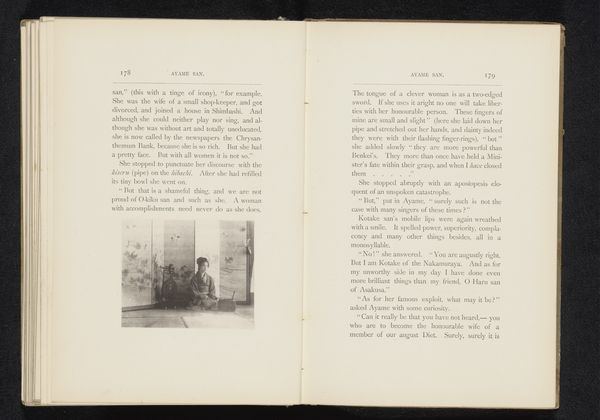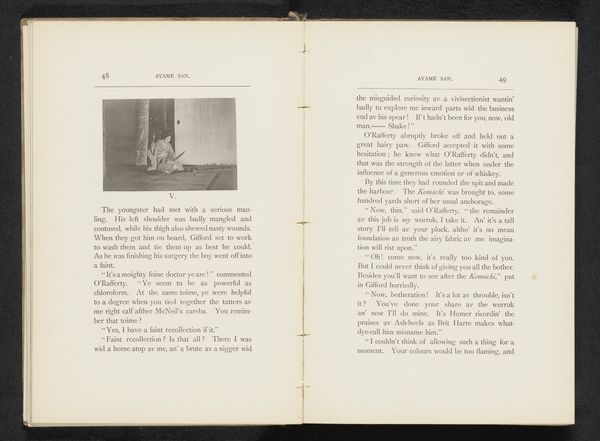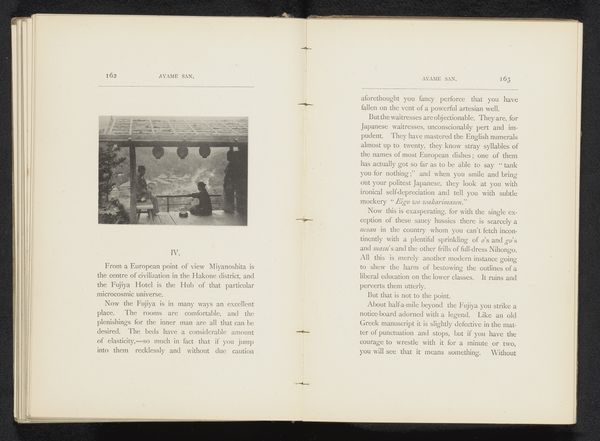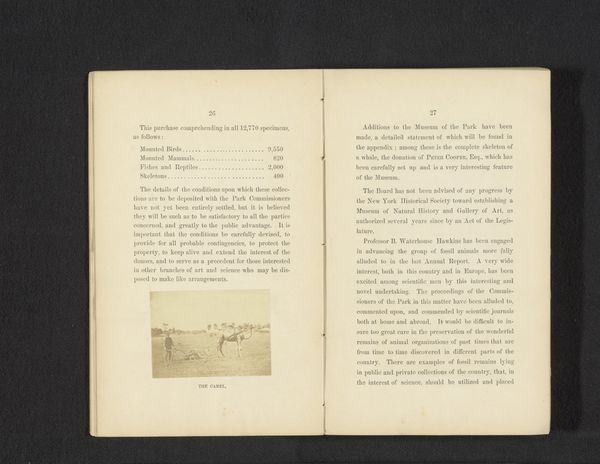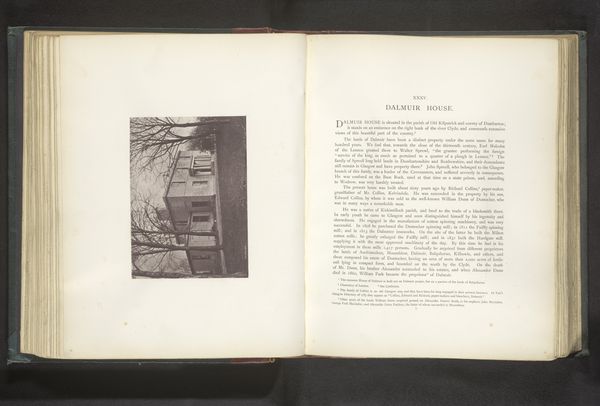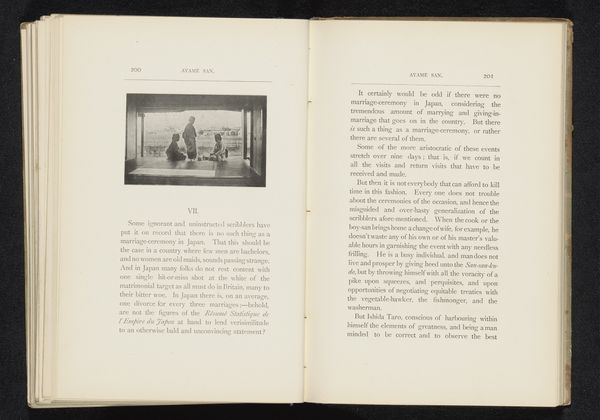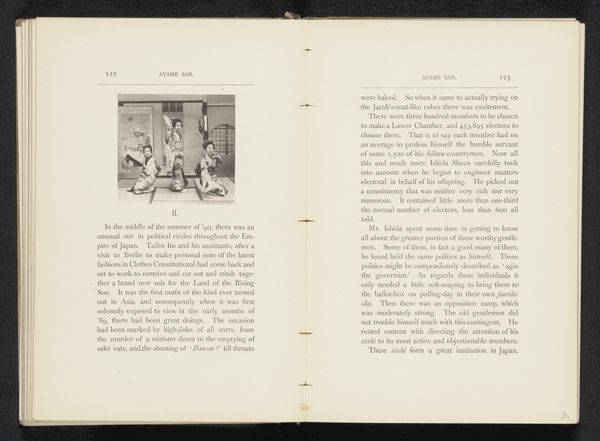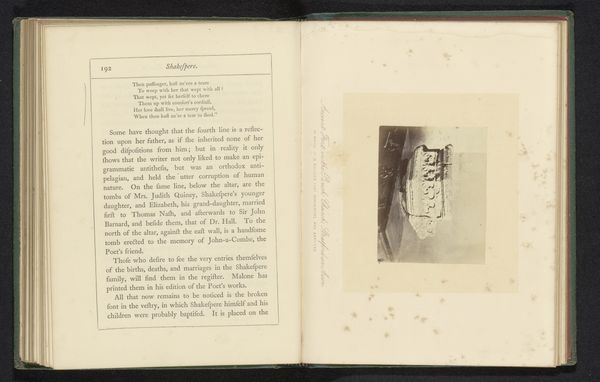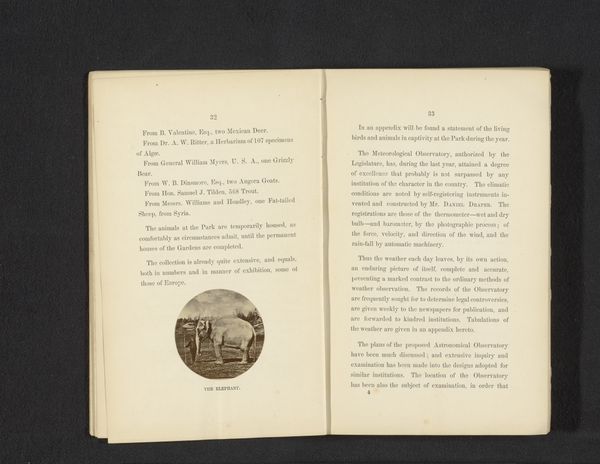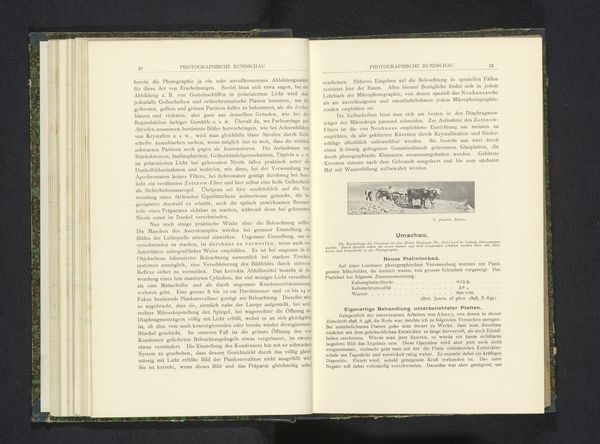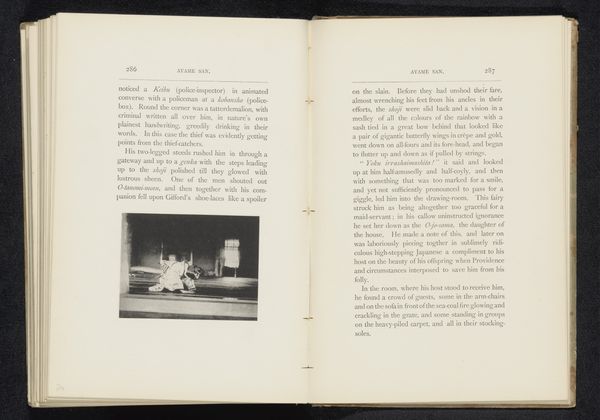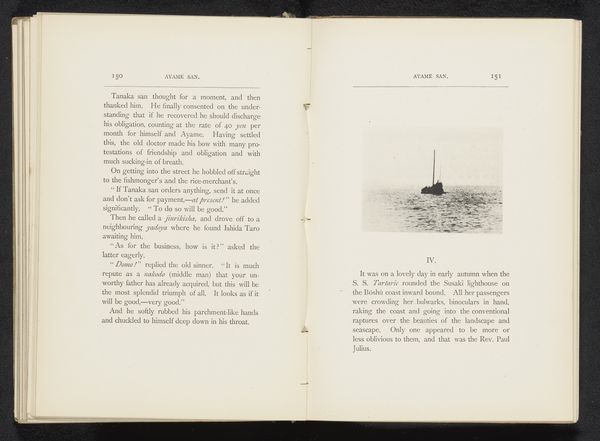
print, photography
# print
#
asian-art
#
photography
Dimensions: height 63 mm, width 84 mm
Copyright: Rijks Museum: Open Domain
Curator: Today, we're looking at "Twee katana's in een interieur," which translates to "Two Katanas in an Interior." It’s a photographic print created by William Kinnimond Burton sometime before 1892. Editor: The mood strikes me immediately as one of quiet contemplation. The katanas, stark and crossed, almost float against what looks like a backdrop depicting figures. It is so minimalist. What more can we discern from Burton's choice of subject? Curator: Burton was a Scottish engineer and photographer who spent a significant portion of his career in Japan, contributing greatly to the development of photography there. This print, given its subject matter, offers insight into the fascination Westerners had with Japanese culture at the time. The samurai, a fading class by this period, were highly romanticized in the West. Editor: Precisely. The image highlights not just the craftsmanship of the katanas, but also their cultural weight. These swords signify honor, duty, and a specific social order undergoing massive change at the turn of the century. I wonder about the display behind the katana, the painting of the figures is so light I wonder the meaning. Is this intentional or just a light source? Curator: Good eye. It's positioned to invoke curiosity, and perhaps subtly romanticize the warrior culture. The lighting as you point out definitely suggests the artist wanted these figures in the painting to become a mystery to the viewer. The artist might be showing these katanas with a past present behind. Editor: Perhaps there’s also a layer about cultural preservation at play here, about trying to capture something before it disappears or transforms into something else entirely under Western influence. We should mention also how it reminds me of modern day collecting. I wonder what message could be brought out comparing collecting then to now. Curator: It also subtly reveals the colonial gaze inherent in much of the Western art production of that period. The photograph becomes a kind of artifact, a trophy of cultural encounter. Editor: True. By documenting and displaying these swords, Burton, even inadvertently, participates in the consumption of Japanese culture, transforming objects of deep historical meaning into aesthetic commodities. That’s something to take into consideration as we look at this work today. Curator: A critical point to end on; it makes you reflect not just on the katanas themselves but the broader social and political currents swirling around their image and reception.
Comments
No comments
Be the first to comment and join the conversation on the ultimate creative platform.
